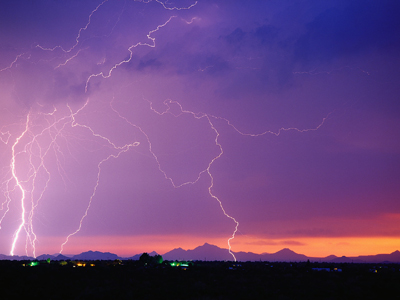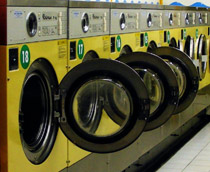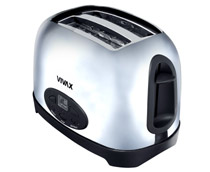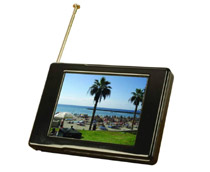
Ask the AI Tutor
Need help with Energy - Transfer of Energy 02? Ask our AI Tutor!
AI Tutor - Lucy
Connecting with Tutor...
Please wait while we establish connection

Lightning is a huge electric discharge.
Energy - Transfer of Energy 02
Energy transfers happen all around you, from phones and lamps to cars. This GCSE Physics quiz explores how energy spreads out and becomes less useful.
1 .
What type of energy does this appliance convert electricity to?

Photograph courtesy of Thomas Claveirole at Flickr
Kinetic
Sound
Heat
All of the above
Whilst the primary operation of a washing machine is to transfer electrical energy into kinetic energy and heat energy to wash the clothes, sound energy and light (from the indicator lights) energy are also produced. Sound and some of the heat is wasted energy
2 .
What type of energy does this appliance convert electricity to?

Light
Heat
Sound
Light and heat
Filament bulbs are very inefficient and transfer only about 10% of the energy supplied to them into useful light energy
3 .
What type of energy does this appliance convert electricity to?

Light
Thermal
Kinetic
All of the above
The main useful energy transfer is electrical to kinetic energy for the motor that drives the compressor. The light is useful to see what is inside of the fridge
4 .
What useful type of energy does this appliance convert electricity to?

Heat
Sound
Light
Mechanical
Before electric irons were invented, irons were heated using a fire
5 .
What type of energy does this appliance convert electricity to?

Heat
Light
Sound
All of the above
Kettles produce all three types of energy, primarily heat but they commonly use LEDs or other indicator lights to show whether they are switched on or off and produce sound as the water is getting close to boiling
6 .
What type of energy does this appliance convert electricity to?

Sound
Light
Heat
All of the above
All electronic devices produce heat because of the resistance in the components
7 .
What type of useful energy does this appliance convert electricity to?

Heat
Sound
Elastic potential
Mechanical
The body of the slow cooker is well insulated and most consume only small amounts of electrical energy as they take many hours to cook the food
8 .
What is the most important of the energy transfers in this appliance?

Electrical to heat
Light to sound
Chemical to heat
Electrical to kinetic
The toaster contains resistance wire inside the casing. The flow of electricity transfers a lot of its energy to the atoms of the wire which radiates the heat, cooking the bread to form toast
9 .
What type of waste energy does this appliance convert electricity to?

Light
Sound
Heat
All of the above
Remember, all electronic devices will waste some of the electrical energy as heat
10 .
What type of energy does this appliance convert electricity to?

Sound
Heat
Kinetic
All of the above
A vacuum cleaner uses electricity to rotate a motor which creates a partial vacuum (low pressure area) within the machine. The air pressure surrounding the vacuum cleaner is therefore much higher than inside the machine. Gases flow naturally from higher to lower pressure, the greater the difference in pressure, the greater the flow. The air therefore flows in to the low pressure area at high speed, taking with it the dust, dirt particles etc. This process creates a lot of sound energy and heat energy both of which do not help the appliance to do its job and are therefore waste energies
**Unlimited Quizzes Await You! 🚀**
Hey there, quiz champ! 🌟 You've already tackled today's free questions.
Ready for more?
Ready for more?
🔓 Unlock UNLIMITED Quizzes and challenge yourself every day. But that's
not all...
not all...
🔥 As a Subscriber you can join our thrilling "Daily Streak" against other
quizzers. Try to win a coveted spot on our Hall of Fame Page.
quizzers. Try to win a coveted spot on our Hall of Fame Page.
Don't miss out! Join us now and keep the fun rolling. 🎉
**Unlimited Quizzes Await You! 🚀**
Hey there, quiz champ! 🌟 You've already tackled today's free questions. Ready for more?
🔓 Unlock UNLIMITED Quizzes and challenge yourself every day. But that's not all...
🔥 As a Subscriber you can join our thrilling "Daily Streak" against other quizzers. Try to win a coveted spot on our Hall of Fame Page.
Don't miss out! Join us now and keep the fun rolling. 🎉






